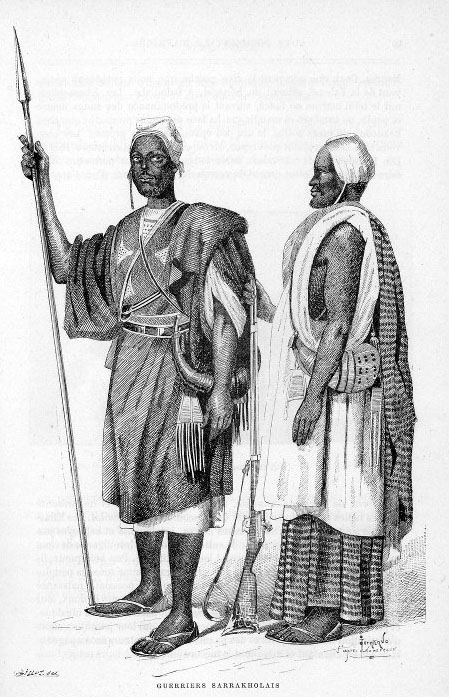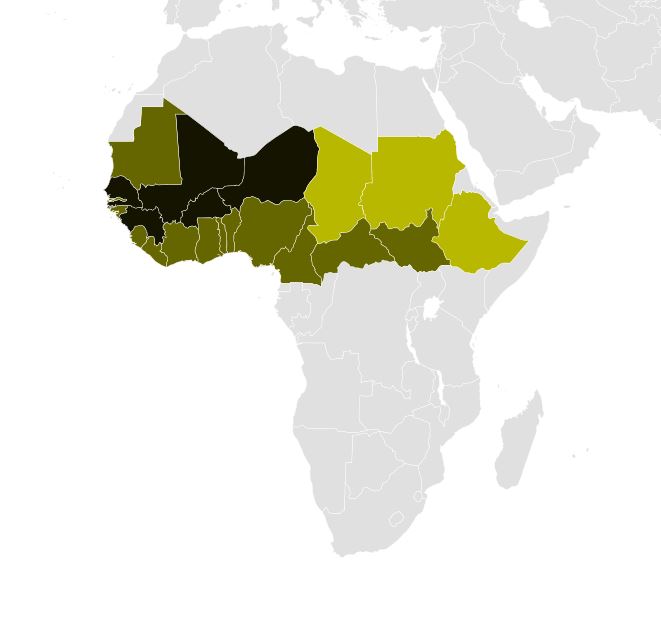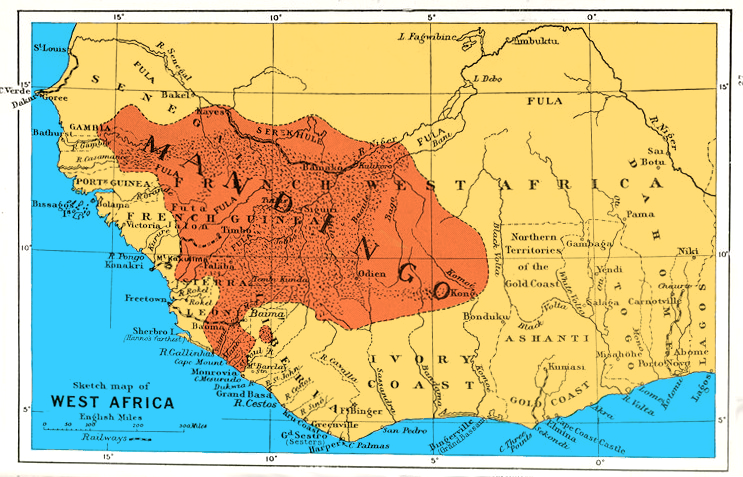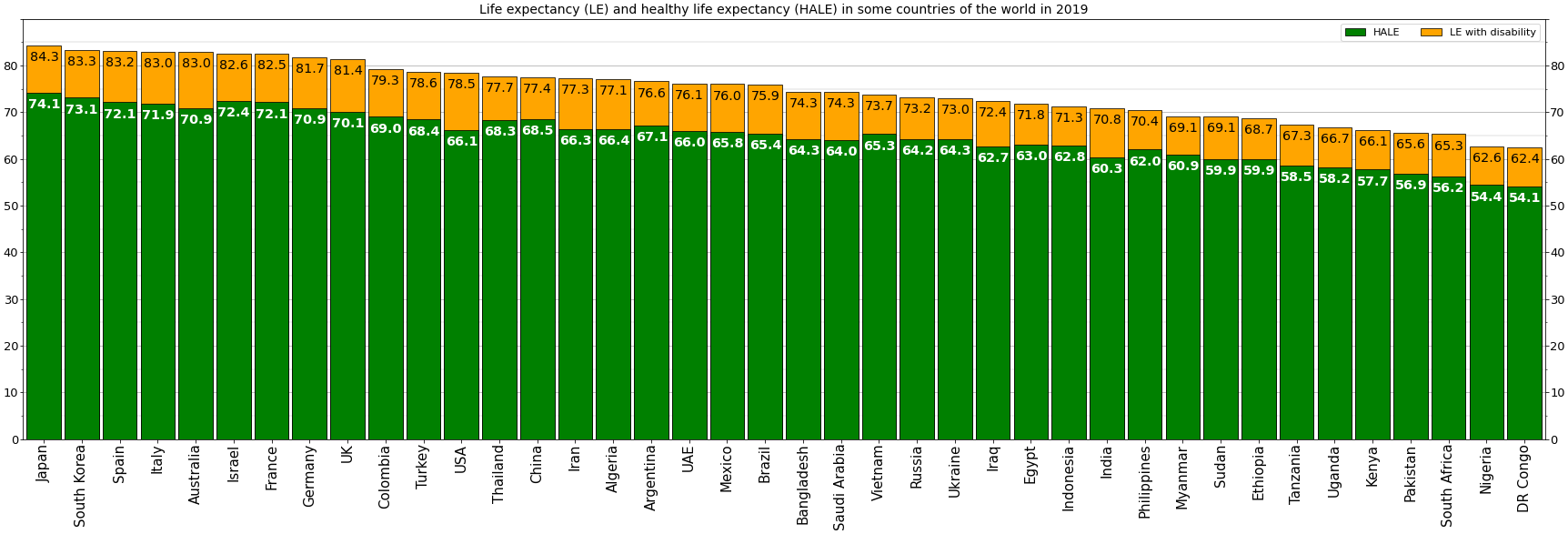|
Demographics Of The Gambia
The demographic characteristics of the population of The Gambia are known through national censuses, conducted in ten-year intervals and analyzed by The Gambian Bureau of Statistics (GBOS) since 1963. The latest census was conducted in 2013. The population of The Gambia at the 2013 census was 1.8 million. The population density is 176.1 per square kilometer, and the overall life expectancy in The Gambia is 64.1 years. Since the first census of 1963, the population of The Gambia has increased every ten years by an average of 43.2 percent. Since 1950s, the birth rate has constantly exceeded the death rate; the natural growth rate is positive. The Gambia is in the second stage of demographic transition. In terms of age structure, The Gambia is dominated by 15- to 24-year-old segment (57.6%). The median age of the population is 19.9 years, and the gender ratio of the total population is 0.98 males per female. Population With a population of 1.88 million in 2013, The Gambia ra ... [...More Info...] [...Related Items...] OR: [Wikipedia] [Google] [Baidu] |
Total Fertility Rate
The total fertility rate (TFR) of a population is the average number of children that are born to a woman over her lifetime, if they were to experience the exact current age-specific fertility rates (ASFRs) through their lifetime, and they were to live from birth until the end of their reproductive life. As of 2023, the total fertility rate varied widely across the world, from 0.7 in South Korea, to 6.1 in Niger. Among sovereign countries that were not city states or had a very small number of inhabitants, in 2024 the following countries had a TFR of 1.0 or lower: South Korea, Taiwan, and Ukraine; the following countries had a TFR of 1.2 or lower: Chile, China, Japan, Malta, Poland, and Spain. Fertility tends to be inversely correlated with levels of economic development. Historically, developed countries have significantly lower fertility rates, generally correlated with greater wealth, education, urbanization, and other factors. Conversely, in least developed countries, ferti ... [...More Info...] [...Related Items...] OR: [Wikipedia] [Google] [Baidu] |
Soninke People
The Soninke (Sarakolleh) people are a West African Mande languages, Mande-speaking ethnic group found in Mali, southern Mauritania, eastern Senegal, The Gambia, and Guinea (especially Fouta Djallon). They speak the Soninke language, also called the Serakhulle or Azer language, which is one of the Mande languages. Soninke people were the founders of the ancient Ghana Empire, empire of Ghana or Wagadou c. 200–1240 CE, Subgroups of Soninke include the Jakhanke, Maraka and Soninke Wangara, Wangara. When the Ghana empire was destroyed, the resulting diaspora brought Soninkes to Mali, Mauritania, Senegal, Gambia, Burkina Faso, Côte d'Ivoire, Guinée-Conakry, modern-day Republic of Ghana, Kano in Nigeria, and Guinea-Bissau where some of this trading diaspora was called Wangara, leading to the saying “when Americans landed on the moon, a Soninke was already there” in Senegal, with other versions across West Africa. Predominantly Muslims, the Soninke were one of the early ethnic gr ... [...More Info...] [...Related Items...] OR: [Wikipedia] [Google] [Baidu] |
Jola People
The Jola or Diola (endonym: Ajamat) are an ethnic group found in Senegal, the Gambia, and Guinea-Bissau. Most Jola live in small villages scattered throughout southern Senegal, especially in the Lower Casamance region. The main dialect of the Jola language, Fogni, is one of the six national languages of Senegal. Their economy has been based on wet rice cultivation for at least one thousand years. This system has been characterised "one of the most significant examples of 'agrarian civilizations' in West Africa". However, the Jola probably reached the Lower Casamance region in the 14th century, assimilating the previous Bainuk people and their rice tradition. In colonial times, the Jola began to cultivate peanuts as a cash crop in the drier forests. Other activities include palm wine tapping, honey collecting, livestock rearing and the production of other crops such as sweet potatoes, yams and watermelon. The traditional religion of the Jola is animism, which is practise ... [...More Info...] [...Related Items...] OR: [Wikipedia] [Google] [Baidu] |
Wolof People
The Wolof people () are a Niger-Congo peoples, Niger-Congo ethnic group native to the Senegambia, Senegambia region of West Africa. Senegambia is today split between western Senegal, northwestern the Gambia, Gambia and coastal Mauritania; the Wolof form the largest ethnic group within Senegambia. In Senegal as a whole, the Wolof are the largest ethnic group (~39.7%), while elsewhere they are a minority. They Endonym and exonym, refer to themselves as ''Wolof'' and speak the Wolof language, in the West Atlantic languages, West Atlantic branch of the Niger–Congo family of languages; English inherited ''Wolof'' as both the adjectival ethnonym and the name of the language. Their early history is unclear. The earliest documented mention of the Wolof is found in the records of 15th-century, Portuguese-financed Italian traveller Alvise Cadamosto, who mentioned well-established Islamic Wolof chiefs advised by Muslim counselors. The Wolof belonged to the medieval-era Wolof Empire of the ... [...More Info...] [...Related Items...] OR: [Wikipedia] [Google] [Baidu] |
Fula People
The Fula, Fulani, or Fulɓe people are an ethnic group in Sahara, Sahel and West Africa, widely dispersed across the region. Inhabiting many countries, they live mainly in West Africa and northern parts of Central Africa, South Sudan, Darfur, and regions near the Red Sea coast in Sudan. The approximate number of Fula people is unknown, due to clashing definitions regarding Fula ethnicity. Various estimates put the figure between 25 and 40 million people worldwide. A significant proportion of the Fula – a third, or an estimated 7 to 10 million – are pastoralism, pastoralists, and their ethnic group has the largest nomadic pastoral community in the world., Quote: The Fulani form the largest pastoral nomadic group in the world. The Bororo'en are noted for the size of their cattle herds. In addition to fully nomadic groups, however, there are also semisedentary Fulani – Fulbe Laddi – who also farm, although they argue that they do so out of necessity, not choice. The major ... [...More Info...] [...Related Items...] OR: [Wikipedia] [Google] [Baidu] |
Mandinka People
The Mandinka or Malinke are a West African ethnic group primarily found in southern Mali, The Gambia, southern Senegal and eastern Guinea. Numbering about 11 million, they are the largest subgroup of the Mandé peoples and one of the List of ethnic groups of Africa, largest ethnolinguistic groups in Africa. They speak the Manding languages in the Mande language family, which are a ''lingua franca'' in much of West Africa. They are predominantly Subsistence agriculture, subsistence farmers and live in rural villages. Their largest urban center is Bamako, the capital of Mali. The Mandinka are the descendants of the Mali Empire, which rose to power in the 13th century under the rule of king Sundiata Keita, who founded an empire that would go on to span a large part of West Africa. They migrated west from the Niger River in search of better agricultural lands and more opportunities for conquest. Nowadays, the Mandinka inhabit the West Sudanian savanna region extending from The Gambia ... [...More Info...] [...Related Items...] OR: [Wikipedia] [Google] [Baidu] |
Elderly Gambian Woman Face Portrait
Old age is the range of ages for people nearing and surpassing life expectancy. People who are of old age are also referred to as: old people, elderly, elders, senior citizens, seniors or older adults. Old age is not a definite biological stage: the chronological age denoted as "old age" varies culturally and historically. Some disciplines and domains focus on the aging and the aged, such as the organic processes of aging (senescence), medical studies of the aging process (gerontology), diseases that afflict older adults (geriatrics), technology to support the aging society (gerontechnology), and leisure and sport activities adapted to older people (such as senior sport). Older people often have limited regenerative abilities and are more susceptible to illness and injury than younger adults. They face social problems related to retirement, loneliness, and ageism. In 2011, the United Nations proposed a human-rights convention to protect old people. History European The hist ... [...More Info...] [...Related Items...] OR: [Wikipedia] [Google] [Baidu] |
Gambia Girl
The Gambia, officially the Republic of The Gambia, is a country in West Africa. Geographically, The Gambia is the smallest country in continental Africa; it is surrounded by Senegal on all sides except for the western part, which is bordered by the Atlantic Ocean.Hoare, Ben. (2002) ''The Kingfisher A–Z Encyclopedia'', Kingfisher Publications. p. 11. . Its territory is on both sides of the lower reaches of the Gambia River, which flows through the centre of the country and empties into the Atlantic. The national namesake river demarcates the elongated shape of the country, which has an area of and a population of 2,769,075 people in 2024 which is a 47% population increase from 2013. The capital city is Banjul, which has the most extensive metropolitan area in the country. The second and third-largest cities are Serekunda and Brikama. Arab Muslim merchants traded with indigenous West Africans in The Gambia throughout the 9th and 10th centuries. In 1455, the Portuguese wer ... [...More Info...] [...Related Items...] OR: [Wikipedia] [Google] [Baidu] |
Demographic And Health Surveys
The Demographic and Health Surveys (DHS) Program was responsible for collecting and disseminating accurate, nationally representative data on health and population in developing countries. The project is implemented by ICF International and was funded by the United States Agency for International Development (USAID) with contributions from other donors such as UNICEF, UNFPA, WHO, and UNAIDS. The DHS is highly comparable to the Multiple Indicator Cluster Surveys and the technical teams developing and supporting the surveys are in close collaboration. Since September 2013, ICF International has been partnering with seven internationally experienced organizations to expand access to and use of the DHS data: Johns Hopkins Bloomberg School of Public Health Center for Communication Programs; Program for Appropriate Technology in Health ( PATH); Avenir Health; Vysnova; Blue Raster; Kimetrica; and EnCompass. Overview Since 1984, The Demographic and Health Surveys (DHS) Program has pr ... [...More Info...] [...Related Items...] OR: [Wikipedia] [Google] [Baidu] |
Gambia Population 1950-2021 Forecast 2022-2032 UN World Population Prospects 2022
The Gambia, officially the Republic of The Gambia, is a country in West Africa. Geographically, The Gambia is the smallest country in continental Africa; it is surrounded by Senegal on all sides except for the western part, which is bordered by the Atlantic Ocean.Hoare, Ben. (2002) ''The Kingfisher A–Z Encyclopedia'', Kingfisher Publications. p. 11. . Its territory is on both sides of the lower reaches of the Gambia River, which flows through the centre of the country and empties into the Atlantic. The national namesake river demarcates the elongated shape of the country, which has an area of and a population of 2,769,075 people in 2024 which is a 47% population increase from 2013. The capital city is Banjul, which has the most extensive metropolitan area in the country. The second and third-largest cities are Serekunda and Brikama. Arab Muslim merchants traded with indigenous West Africans in The Gambia throughout the 9th and 10th centuries. In 1455, the Portuguese wer ... [...More Info...] [...Related Items...] OR: [Wikipedia] [Google] [Baidu] |
Life Expectancy
Human life expectancy is a statistical measure of the estimate of the average remaining years of life at a given age. The most commonly used measure is ''life expectancy at birth'' (LEB, or in demographic notation ''e''0, where ''e''x denotes the average life remaining at age ''x''). This can be defined in two ways. ''Cohort'' LEB is the mean length of life of a birth Cohort (statistics), cohort (in this case, all individuals born in a given year) and can be computed only for cohorts born so long ago that all their members have died. ''Period'' LEB is the mean length of life of a hypothetical cohort assumed to be exposed, from birth through death, to the mortality rates observed at a given year. National LEB figures reported by national agencies and international organizations for human populations are estimates of ''period'' LEB. Human remains from the early Bronze Age indicate an LEB of 24. In 2019, world LEB was 73.3. A combination of high infant mortality and d ... [...More Info...] [...Related Items...] OR: [Wikipedia] [Google] [Baidu] |




